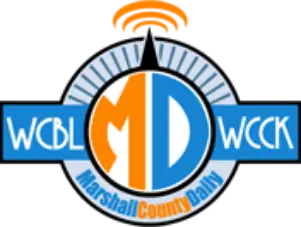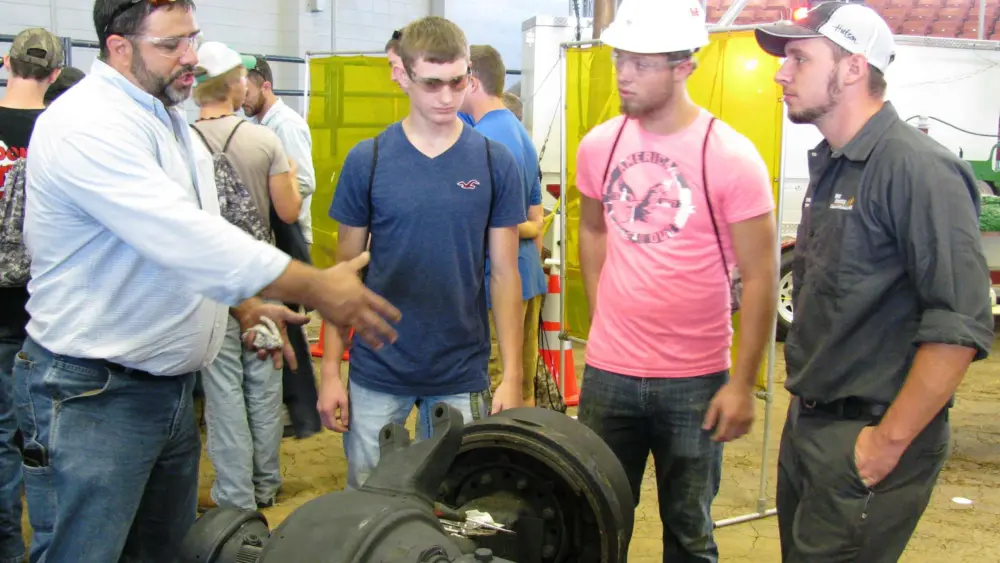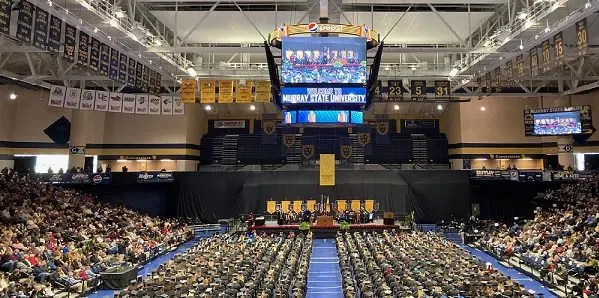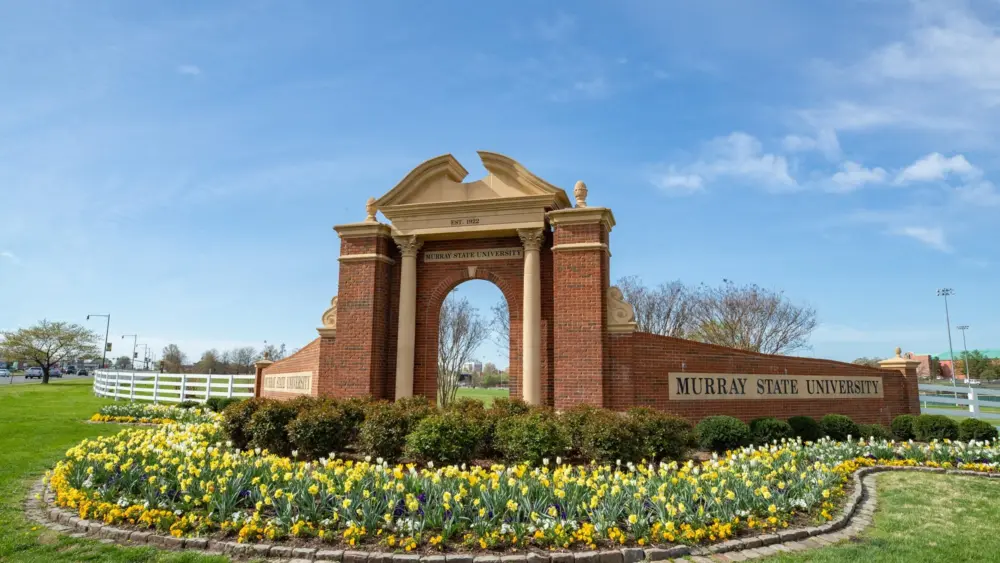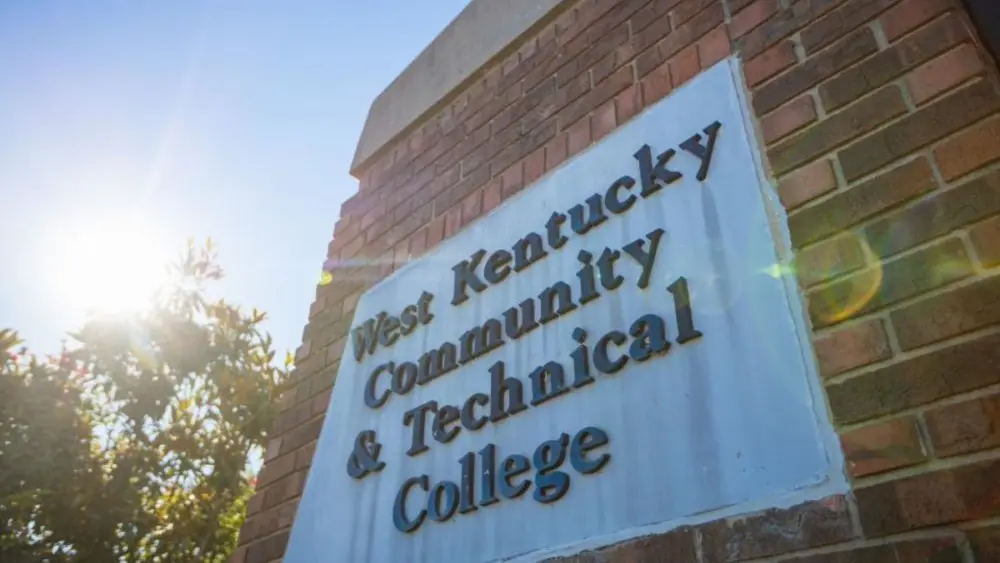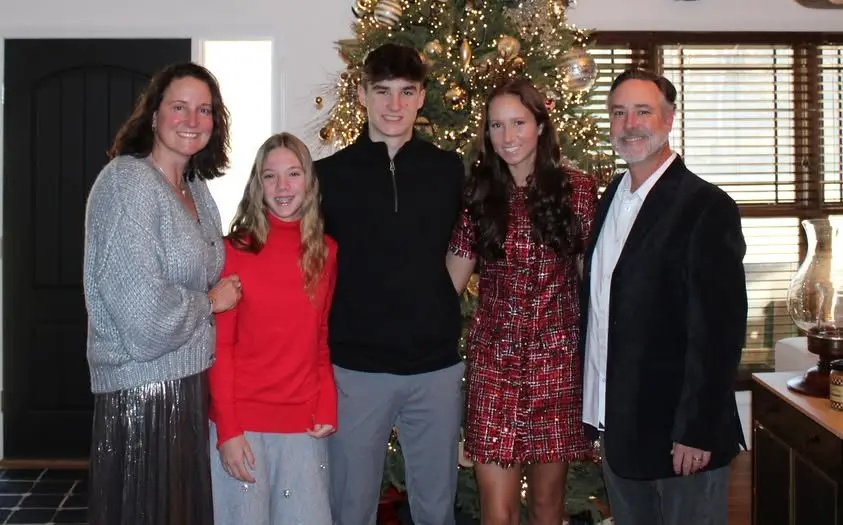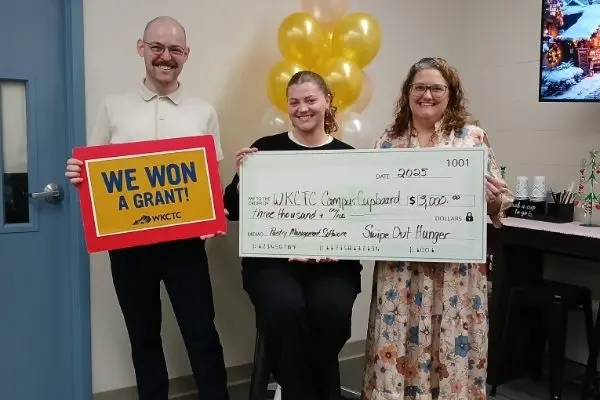MURRAY, KY – The Associated General Contractors of Western Kentucky recently presented Construction Career Day at the Murray State University Expo Center. “This is our fifth annual event,” said AGC chapter executive vice-president Chris Nelson. “We’re up to 1,500 students registered from 22 school systems in western Kentucky. We go from Butler and Webster counties and all the way west in Kentucky. We keep adding vendors. As they hear about us, more are coming each year.
“We’re connecting students to the professionals in the construction industry; but, just as important, we’re actually connecting their instructors to professionals in the field as well,” Nelson continued. “So, we’re developing a pipeline from the high school vocational programs to two-year, postsecondary degrees and to apprenticeship programs.”
Gina Winchester is Executive Director of MSU’s Regional Outreach Center. Her office serves as a link for the university to its 18-county service region to help take MSU’s resources and put them to work for the communities it serves. The region runs from Henderson County down to Christian County and westward to the Mississippi River.
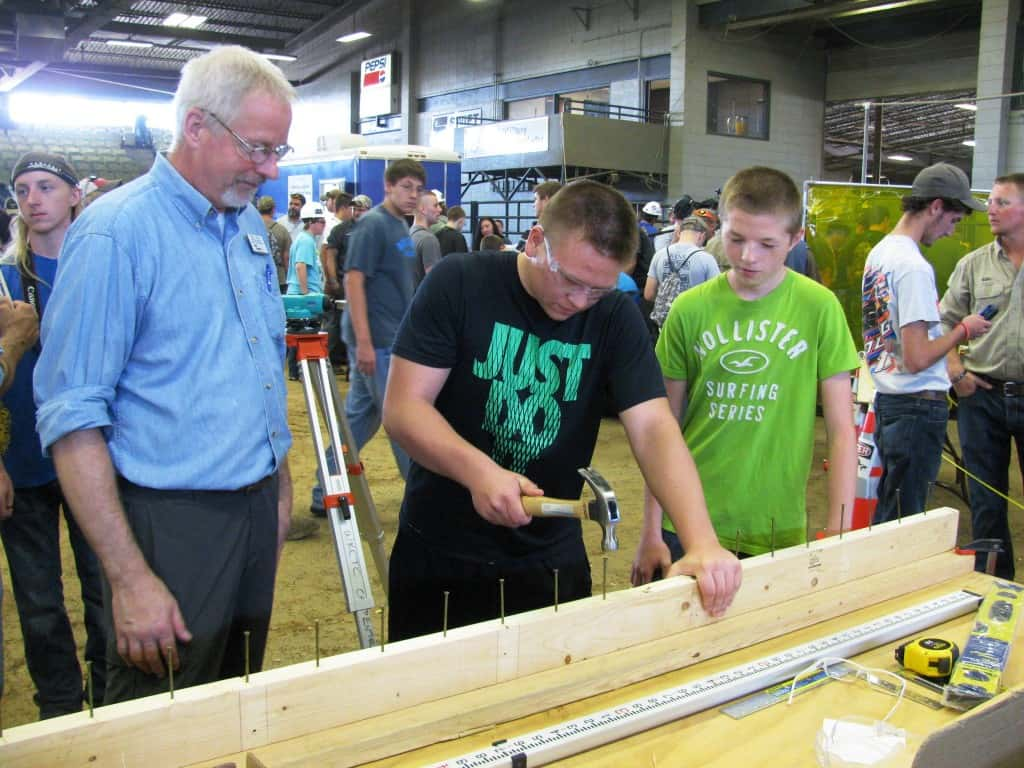
(photo by Paul Schaumburg, Graves County Schools)
“We invested five years ago in a grant to seed-fund this event to get it started, in conjunction with the Associated General Contractors of Western Kentucky,” Winchester said. “They’ve been wonderful partners and now they are on their own and have 33 vendors who are paying to come here! Because they have done such a good job promoting the event, students who attend are now actually given an opportunity to benefit because the extra money they’re raising is going to support scholarships at both West Kentucky Community and Technical College and MSU!”
“We try to expose the school districts to what we’re doing,” said Danny Claiborne, Department Chair for MSU’s Institute of Engineering. “Just getting on the schedule of a school district, with all its required testing, is difficult. So, we’re trying to explain to them that this is the future of economic development in western Kentucky right here in this room!”
“Not everybody is meant for college, and we know that; statistics show about 50 percent drop out,” Nelson said. “So, now, we have to look at avenues for employment. It’s not just what can I do for a job, but what can I do for a lifetime career? This is where we hope to fill that void. There’s no greater time than right now in the field of construction! There’s a huge workforce shortage! We get calls every day for workers needed at all levels. This is a great opportunity to get the workers there and to get ready for the job. That’s whether it’s on-the-job training, an apprenticeship program, or to go through a two-year program where they earn certification or at a community college, where they’d earn an associate in applied science degree. One thing these young people have to understand is they must continue their education beyond high school because construction is a high-tech world.”
“Some people are good at learning by doing and can work well with their hands. I actually think that’s a gift,” Nelson said. “We have an image problem in construction because when people are out there working, of course, they’re going to be hot and dirty. But, don’t let that fool you! They need math skills, problem-solving skills, teamwork, and other skills. Today, this is a rewarding lifestyle. In 2014, the data shows the average construction worker made about $49,900 a year. If you go to college four years, you’re more than likely coming out in debt, by comparison. Also with construction is the chance to move up in the chain. A lot of people who own their own companies now, started out at lower levels.”
“There’s a wide range of occupations associated with construction,” said Nelson. ”There’s carpentry, plumbing, heavy equipment, welding, iron workers, operating engineers, sheet metal, concrete, diesel mechanical schools, and at the higher end, the MSU programs. They include occupational safety and health, college of education, technical education, and also state programs such as the apprenticeship program out of the Kentucky Labor Cabinet and Skills USA, which is associated with vocational schools.
“The heavy equipment operators industry says the average age of workers today is 55,” said Claiborne. “So, within another five to ten years, that industry will have a labor shortage, if they don’t act now. Over the last five years, we’ve seen this program grow and now people in the industry are seeing how important it is for them to be here. Talking to industry in the Murray Electric and Paducah Power System, we’re actually seeing students who have learned about the jobs here, have gone to workers’ training, and have gotten the jobs in the field.”
“We’ve been here all five years and enjoy coming to this event,” said Jarrod Shadowen, Training Director for Paducah Electrical Joint Apprenticeship and Training Committee. “This is a way to let kids know that there are more opportunities than college only. We have students going to our program, taking a class one night a week for five years. It costs them just $1,000 over that time and they’re employed during the day!”
Sherry Anderson is Vice-President of Learning Initiatives for WKCTC. “I work with the program areas in developing their schedules on and off campus, on-line learning, faculty and staff – different ways to deliver instruction, including dual credit with the area technology centers at local high schools in western Kentucky,” she said. “We have our Automotive and Construction Technology programs represented here. The Diesel technology is taught at the Purchase Training Center in northern Graves County on U.S. 45 at Hickory. Our Construction Technology Program is on the main campus in Paducah. We’re a regional campus, serving the Kentucky counties in the Jackson Purchase as well as Livingston and Lyon counties. We also draw from students from Illinois and Tennessee.
“It’s our goal at MSU’s Institute of Engineering, in partnership with the community and technical college system and the AGC, to give students the opportunity to see various pathways to good jobs,” said Claiborne. “Some have no interest in going to the university, so we’re going to point them in another direction. Probably 99 percent of the high school students in this building today should be looking strongly at West Kentucky Community and Technical College. But there are others who are going the engineering route. We just want to help them see the wide range of possibilities. Every commercial building in western Kentucky was built by a Murray State student. It’s about getting on the path of what’s the best fit for the individual.”
“I think it’s great to see the university and these employers partner for this project,” said Adrienne King, new to MSU this fall as the school’s Vice-President for Marketing and Outreach. “To be able to showcase all these employment opportunities to provide these students with possible career paths, that’s amazing!”
Story submitted by Paul Schaumburg – Community Relations Director at Graves County Schools.
